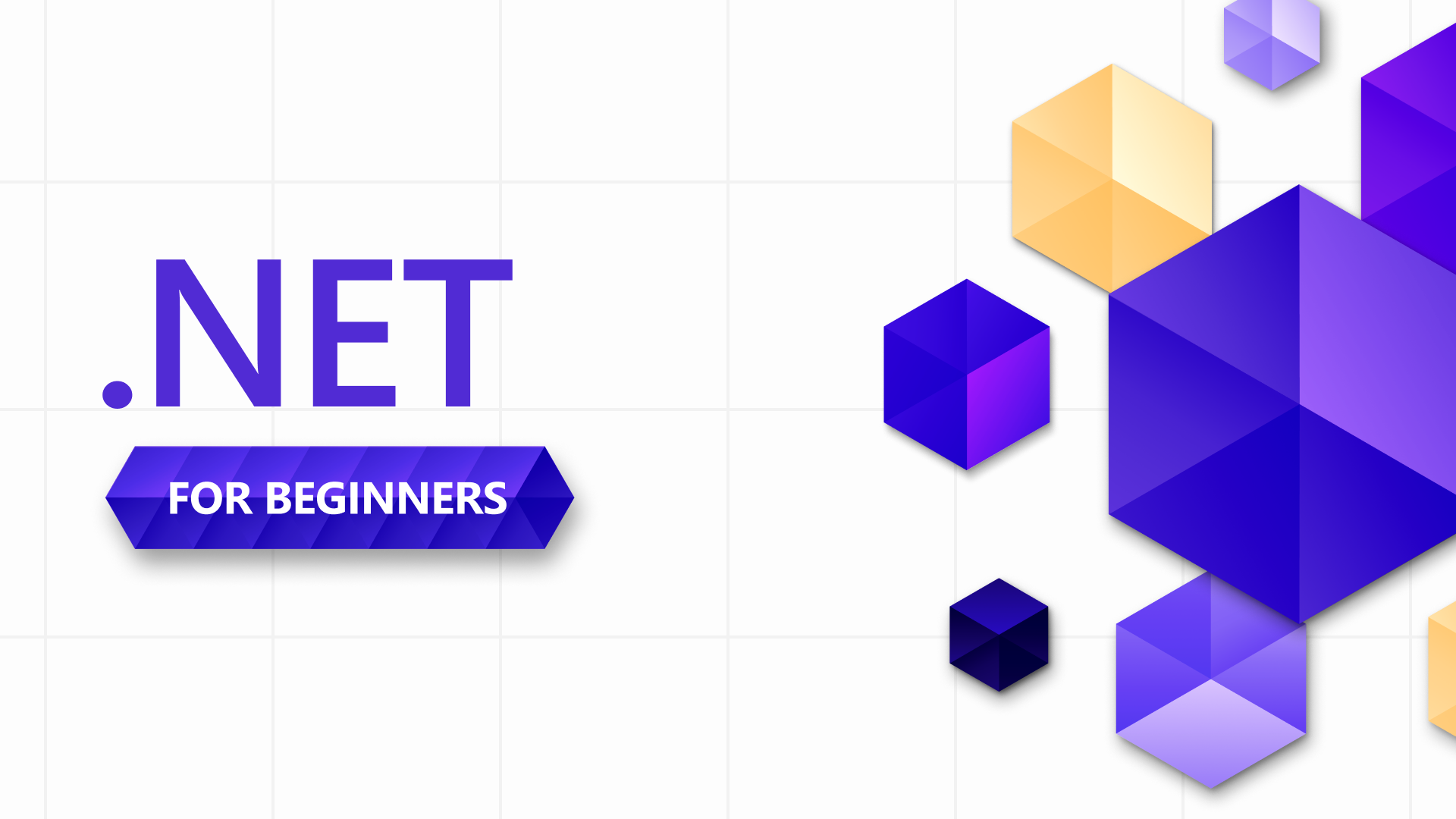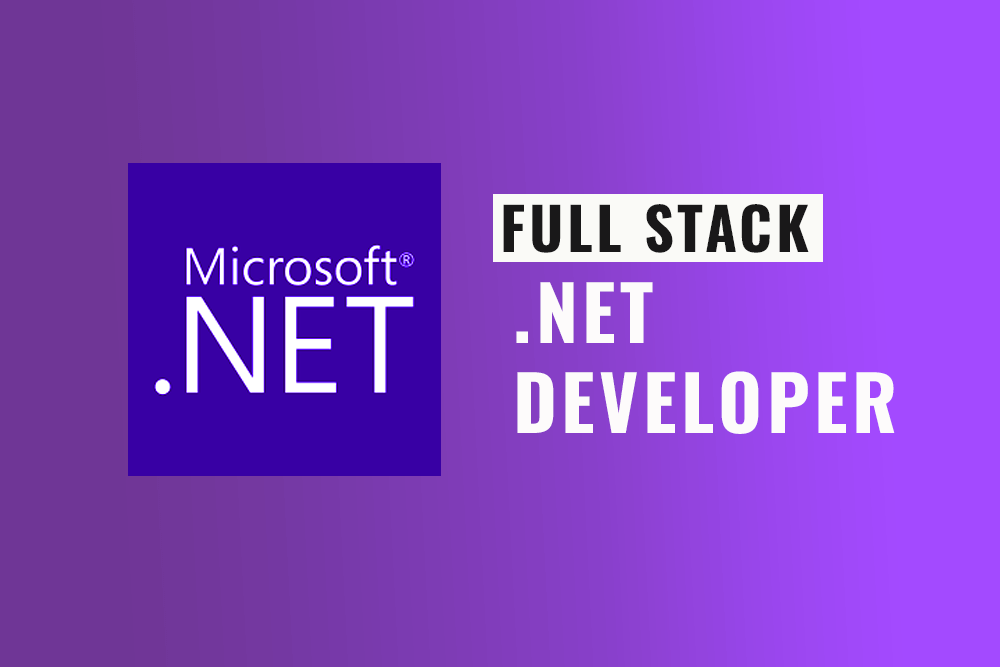Why Choose .Net Full Stack Pro
Unlock a powerful career in software development with our industry-aligned, classroom-based .NET Full Stack Bootcamp. Whether you’re a beginner or looking to enhance your skills, this intensive program helps you master frontend, backend, cloud, and everything in between — plus a 3-month internship to make you career-ready.
Our Course Features
Focused Offline Learning
End-to-End Full Stack Skills
Real-World Projects
3-Month Internship
Latest Tools
Personal Mentorship
Career Preparation

Course Structure
Duration:
- 3 Months Training (Mon–Fri | 3 hrs/day)
- 3 Months Internship (Mon–Fri | 4 hrs/day)
Mode
Physical classroom sessions
Method:
Live lectures, daily coding, projects, mentorship
Who Can Join?
Whether you’re a beginner or someone looking to transition into tech, this program is for:
Students
BCA, MCA, BE/B.Tech
Fresh Graduates
Looking for tech jobs.
Career Switchers
Transitioning into development.
Junior Developers
Who want full stack mastery.
Full Stack .NET Core Course Curriculum

Module 1 : Web Foundations
- Structure of Web Page
- Semantic elements & best practices
- Forms & Validation
- Multimedia integration (audio, video)
- HTML5 APIs (Local Storage, Geolocation, etc.)
- CSS syntax, selector and specificity
- Color, gradients, shadows, and borders
- Transaction, transforms & animations
- CSS variables & pseudo-classes
- Flexbox & CSS Grid
- Mobile-first Approach
- Media queries
- Adaptive Layouts
- Components (navbars, cards, modals, etc.)
- Grid system for responsive design
- Customizing themes
- DOM traversal & manipulation
- Event handling
- AJAX with jQuery
- Variables, data types & operators
- Functions & Scopes
- DOM manipulations & events
- ES6+ features (let/const, arrow functions, template, literals)
- Error handling & debugging

Module 2: Mastering C# and OOP
- Introduction to .NET & C#
- Data types, variables and constants
- Operators & expressions
- Control statements: if-else, switch, loops
- Methods, parameters, and return types
- Namespaces & assemblies
- Debugging basic in Visual Studio
- Introduction to Object-Oriented Programming
- Classes, object and constructors
- Encapsulation and access modifiers
- Inheritance and base/derived classes
- Polymorphism (method overloading & overriding)
- Abstraction with abstract classes & interfaces
- Real-world examples of OOP in ASP.NET
- Common runtime errors in C#
- Try, catch, finally blocks
- Throwing and re-throwing exceptions
- Custom exception classes
- Best practices for error handling
- Importance of clean, maintainable code
- Single Responsibility Principle (SRP)
- Open/Closed Principle (LSP)
- Interface Segregation Principle (DIP)
- Applying SOLID in real-world C# projects
- Working with files & directories in C#
- Reading and writing text/binary files
- Streams & serialization basic
- Collections: List, Dictionary, Stack, Queue
- Iterating with foreach and LINQ basics

Module 3: ASP.NET Core Development
- Introduction to ASP.NET Core & its advantages
- Understanding MVC pattern (Model-View-Controller)
- Project setup in Visual Studio
- Request pipeline & middleware
- Routing concepts ( conventional & attributes-based routing)
- Creating controllers and action methods
- Passing data to views (ViewData, VIewBag, TempData)
- Working with strongly-typed models
- Handling forms & validations with Data Annotations
- View components & reusable UI parts
- Working with JSON serialization & deserialization
- Using Postman to test APIs
- Sending GET, POST, PUT, DELETE requests
- Automating API test collections
- Debugging common API issues
- Introduction to Razor Syntax
- Layout, partial views & view imports
- Using Tag Helpers
- Strongly-typed views with models
- Form Handling & model binding
- RESTful principles in ASP.NET Core
- Creating APIs with Controllers
- Returing JSON responses
- Model validation in APIs
- Dependency Injections in Web APIs
- CRUD operations with Enitiy Framework Core
- Introduction to Identify in ASP.NET Core
- Authentication vs Authorization
- Implementing login, registration, and roles
- JWT (JSON Web Token) based authentication
- Securing Web APIs with tokens

Module 4: Database & ORM
- Introduction to relational databases & SQL Server
- Creating and managing databases & tables
- CRUD operations (insert, select, update, delete)
- Filtering & sorting data (where, order by, like)
- Joins (inner, left, right, full)
- Aggregate functions (count, sum, avg, min, max)
- Suquires & common Table Expressions (CTEs)
- Views, Stored Procedures & Functions
- Tranctions & Error Handling in SQL
- Introduction to LINQ ( Language Integrated Query)
- Filtering, sorting, & groupping with LINQ
- Query syntax vs method syntax
- Joins with LINQ
- LINQ with EF Core for Database opertions
- Introduction to ORM (Object Relational Mapping)
- Setting us EF Core in ASP.NET Core Project
- DbContext & DbSet explained
- Connecting models to database tables
- Performing CRUD operations with EF core
- Understanding Code-First approach
- Creating models & generating database from code
- Understanding database-First approach
- Reverse engineering database into models
- Choosing the right approach for projects
- Undestanding migrations in EF Core
- Adding, removing, and uploading migrations
- Applying migrations to SQL Server
- Database Seeding for intial data
- Handling schema changes in live projects

Module 5 : Capstone Project
- Plan, design, and develop and end-to-end ASP.NET Core MVC + SQL project
- Apply HTML, CSS, Bootstrap, JavaScript, C#, EF Core, APIs & Azure
- Implement authentication, authorization & role-based access
- Push Project to GitHub with clean commits
- Write professional README.md documentation
- Showcase APIs & live deployments
- Organize repositories to attract recruiters
- Resume makeover with technical skills & projects highlights
- Optimize LinkedIn for IT recruiter visibility
- Building a personal developer brand online
- Hosting on Azure App Services or IIS
- Connecting to Azure SQL Database
- Environment configuration (Development, Staging, Production)
- Handling deployment errors & logs
- Mock technical interviews (C#, ASP.NET Core, SQL, OOP, APIs)
- HR Interview preparation
- Common coding challenges & whiteboard practice
- Confidence – building exercise
Internship – Real-World Exposure
Work on real industry projects
We provide you the opportunity to work on real-world projects that reflect the challenges faced by today’s IT companies. You’ll be actively involved in building and contributing to practical software solutions, gaining experience that goes far beyond textbook examples.
Get mentored with code reviews & best practices
During the internship, we offer personalized mentorship to help you improve your coding and development skills. Our experienced instructors regularly review your code, provide constructive feedback, and guide you in applying best practices in real-time.
Learn Agile, SDLC methodologies
We train you in Agile practices such as Scrum and walk you through the complete Software Development Life Cycle (SDLC). You’ll participate in daily standups, sprint planning, and team-based workflows to understand how real-world development teams operate.
Add valuable projects to your GitHub Portfolio
All your internship projects are pushed to GitHub with clean, well-documented code. We help you structure your repositories professionally so that your GitHub profile becomes a powerful portfolio that impresses recruiters and hiring managers.
What can you accomplish at the end of training?
Unlock Career Growth with Full-Stack .NET Development!
Boost Your Salary
Fast-Track Your Career with Fortune 500 Companies
Develop End-to-End Software Solutions for enterprise clients
Master High-Paying Skills – ASP.NET Core, Angular or React & More
Build Real-world Projects platform
E-Mail Marketing
Ace Your Full-Stack .NET Developer Interviews

Get Course Details

